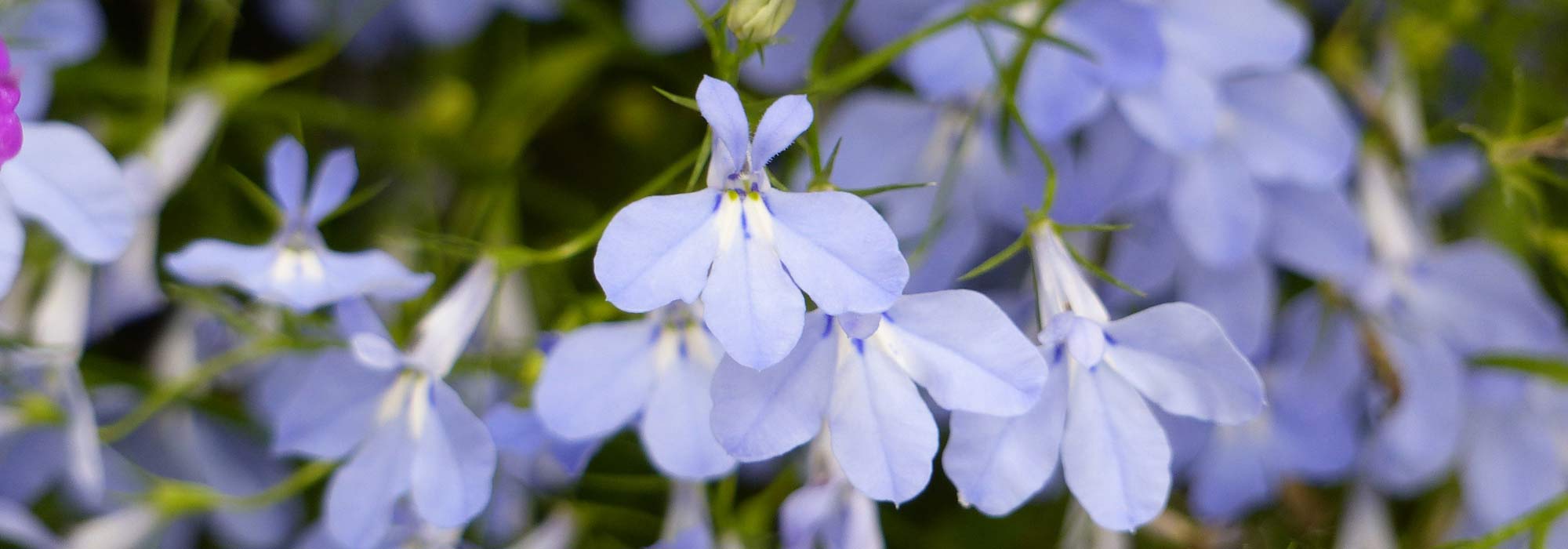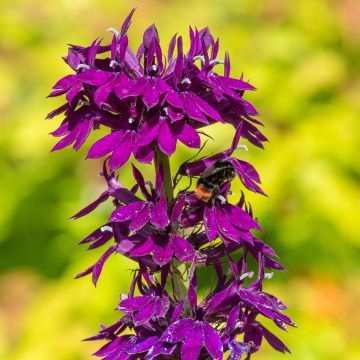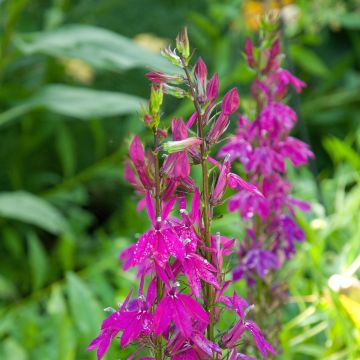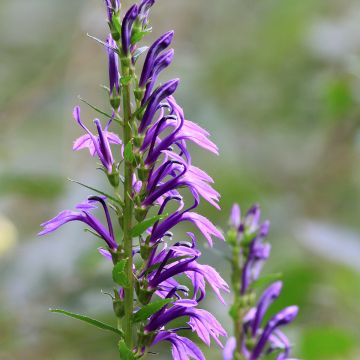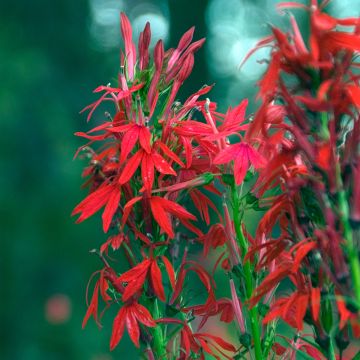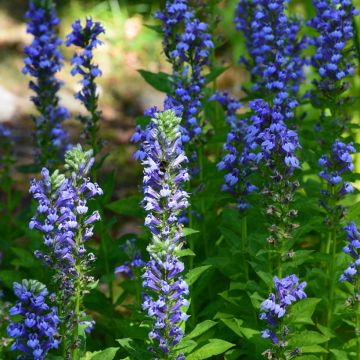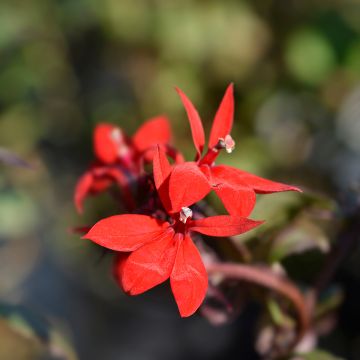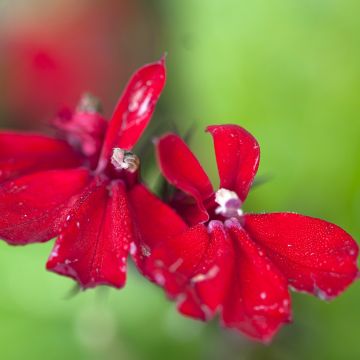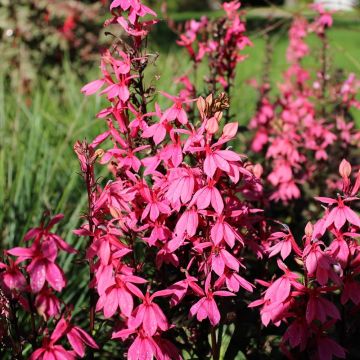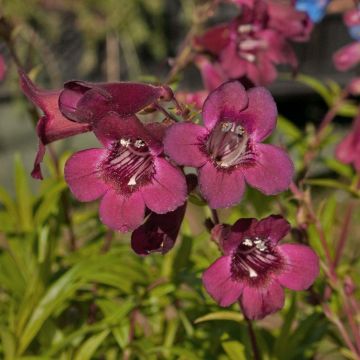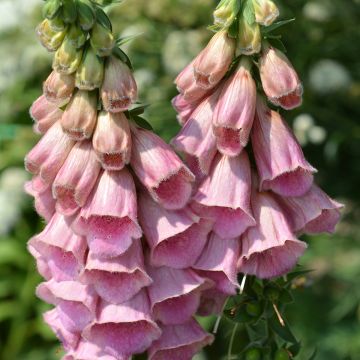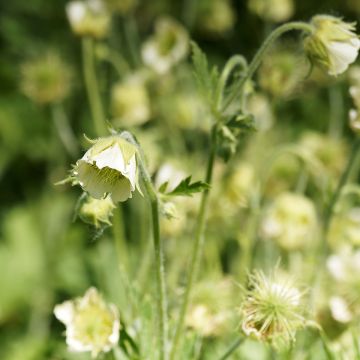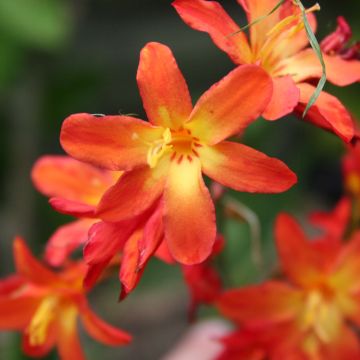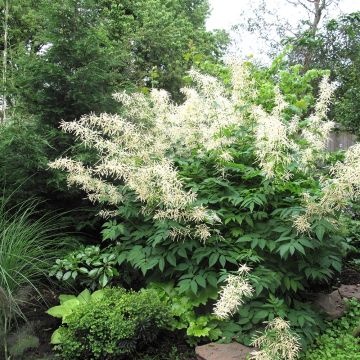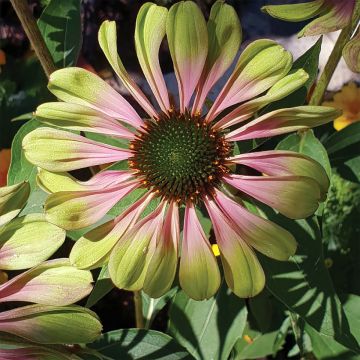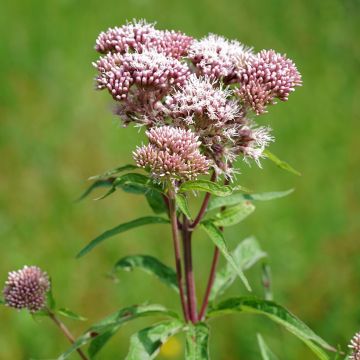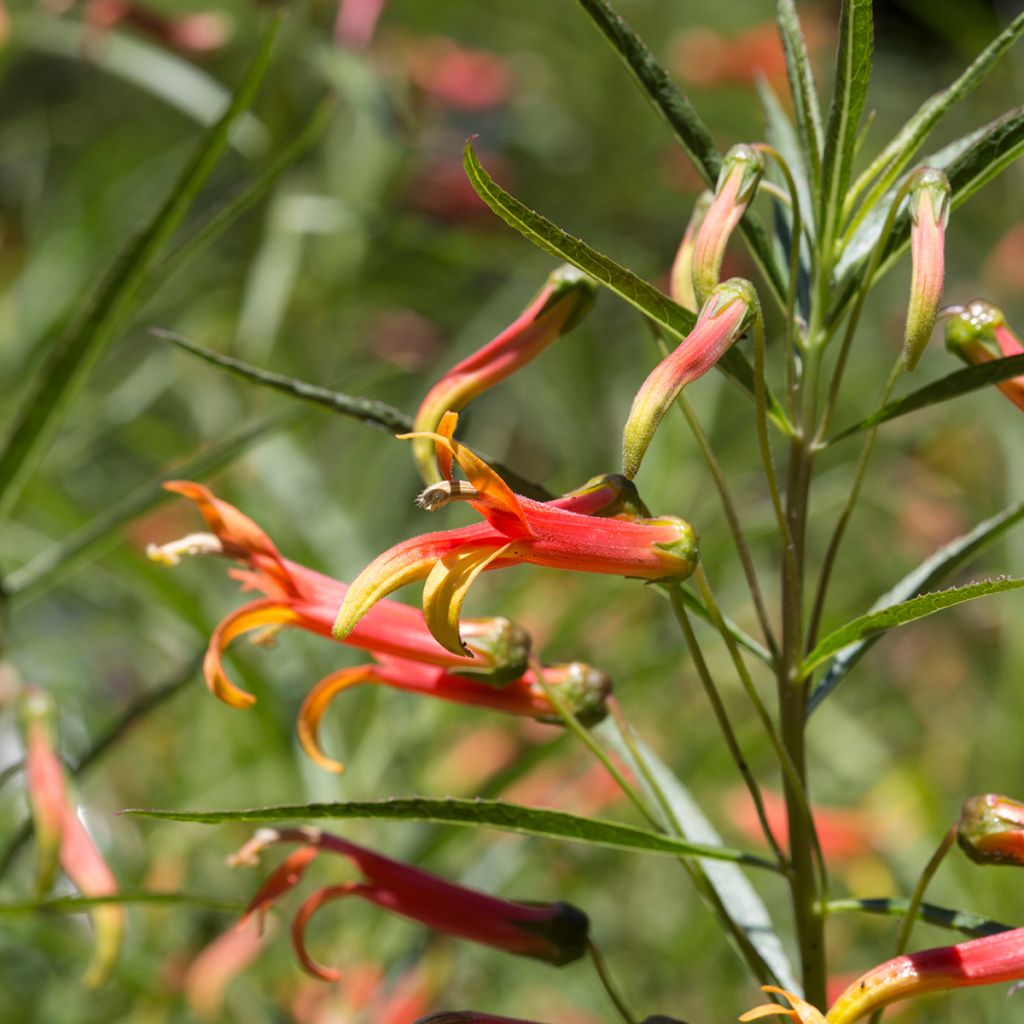

Lobelia laxiflora
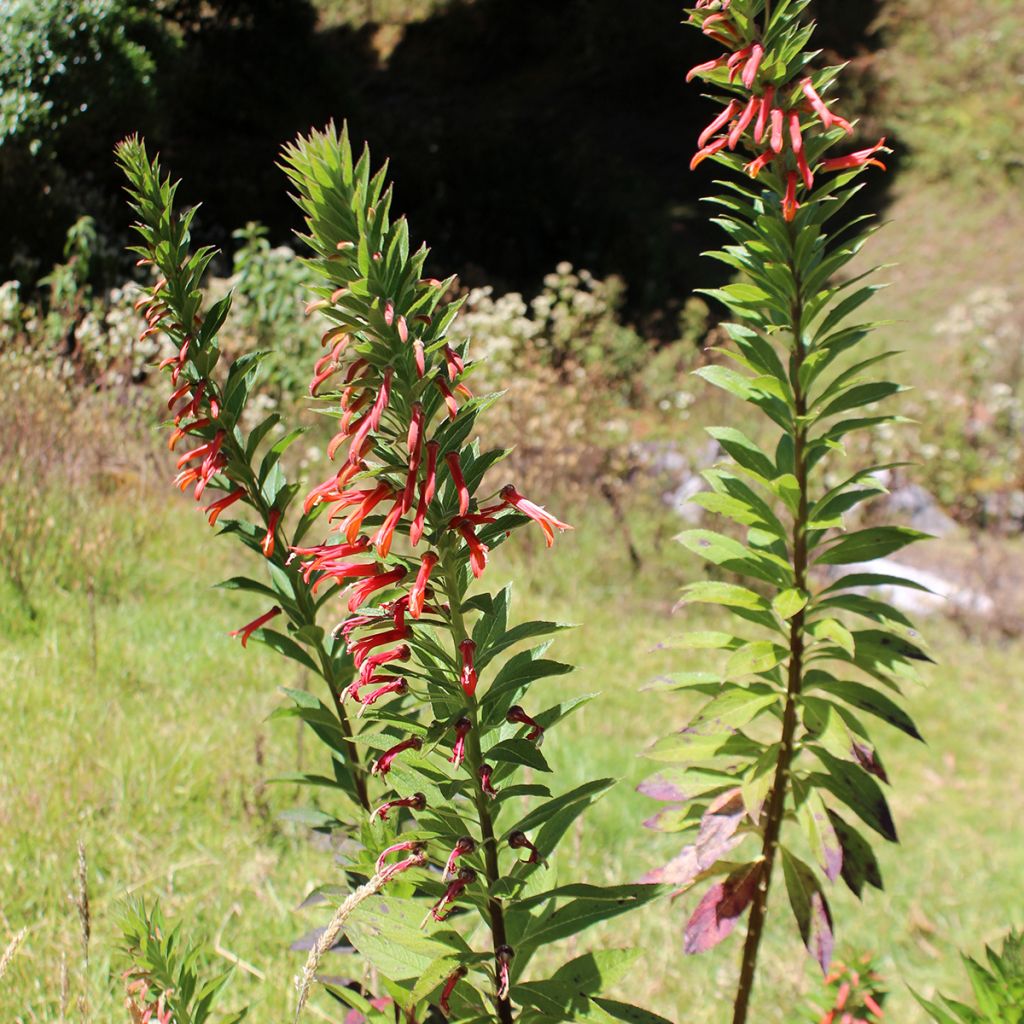

Lobelia laxiflora
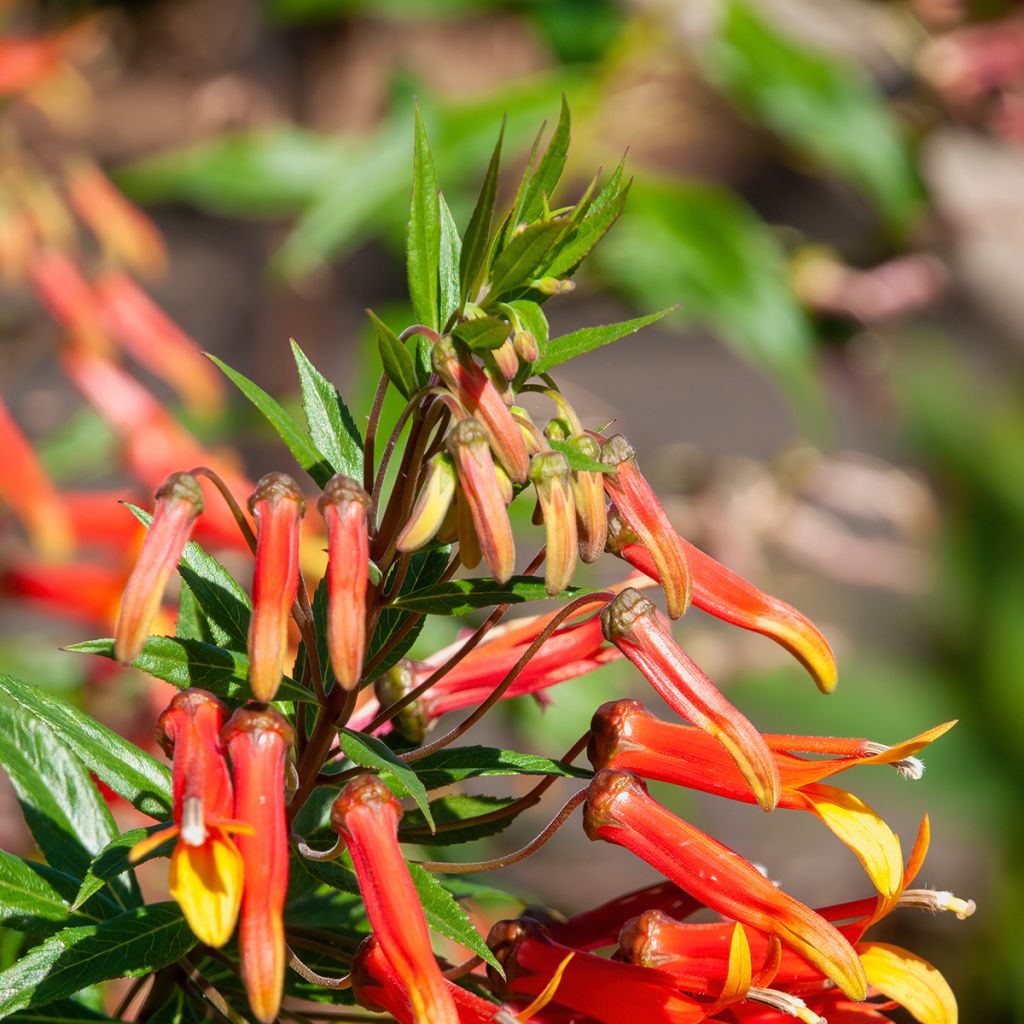

Lobelia laxiflora
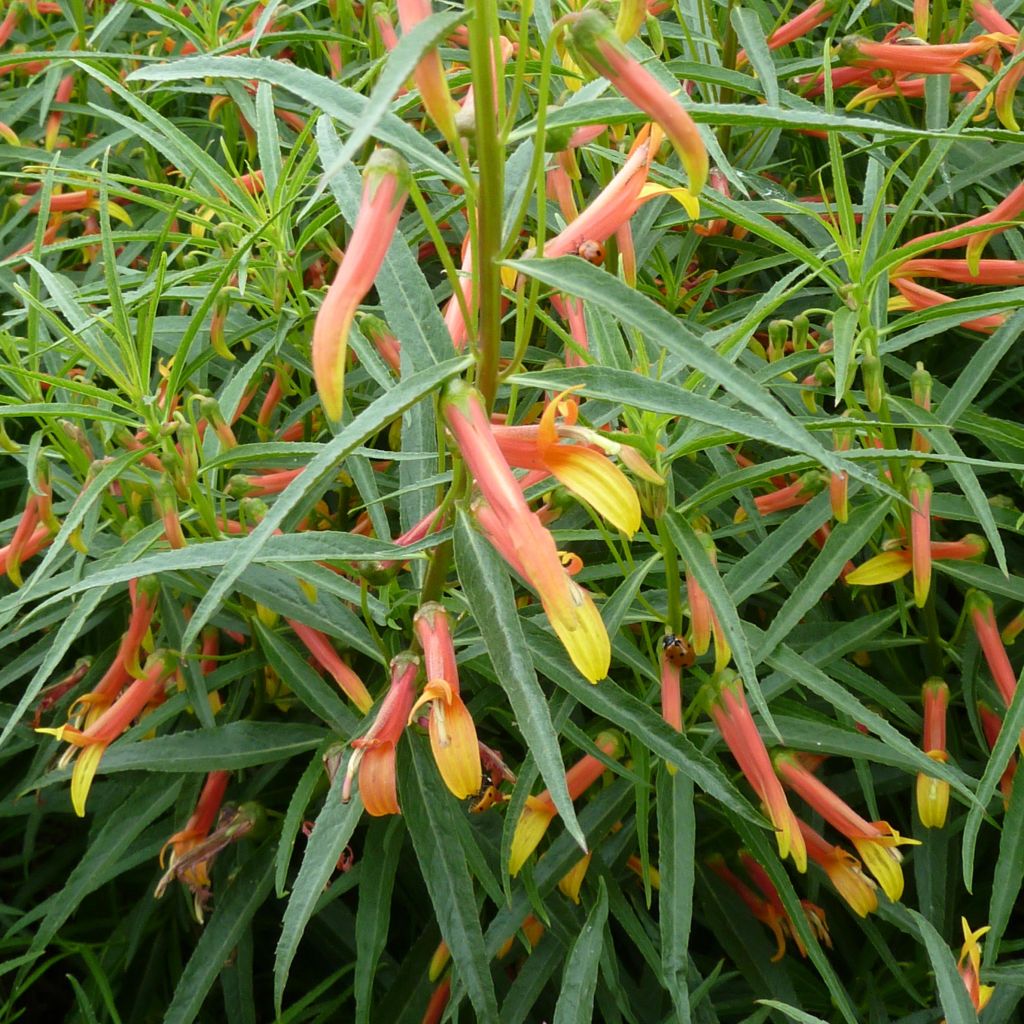

Lobelia laxiflora
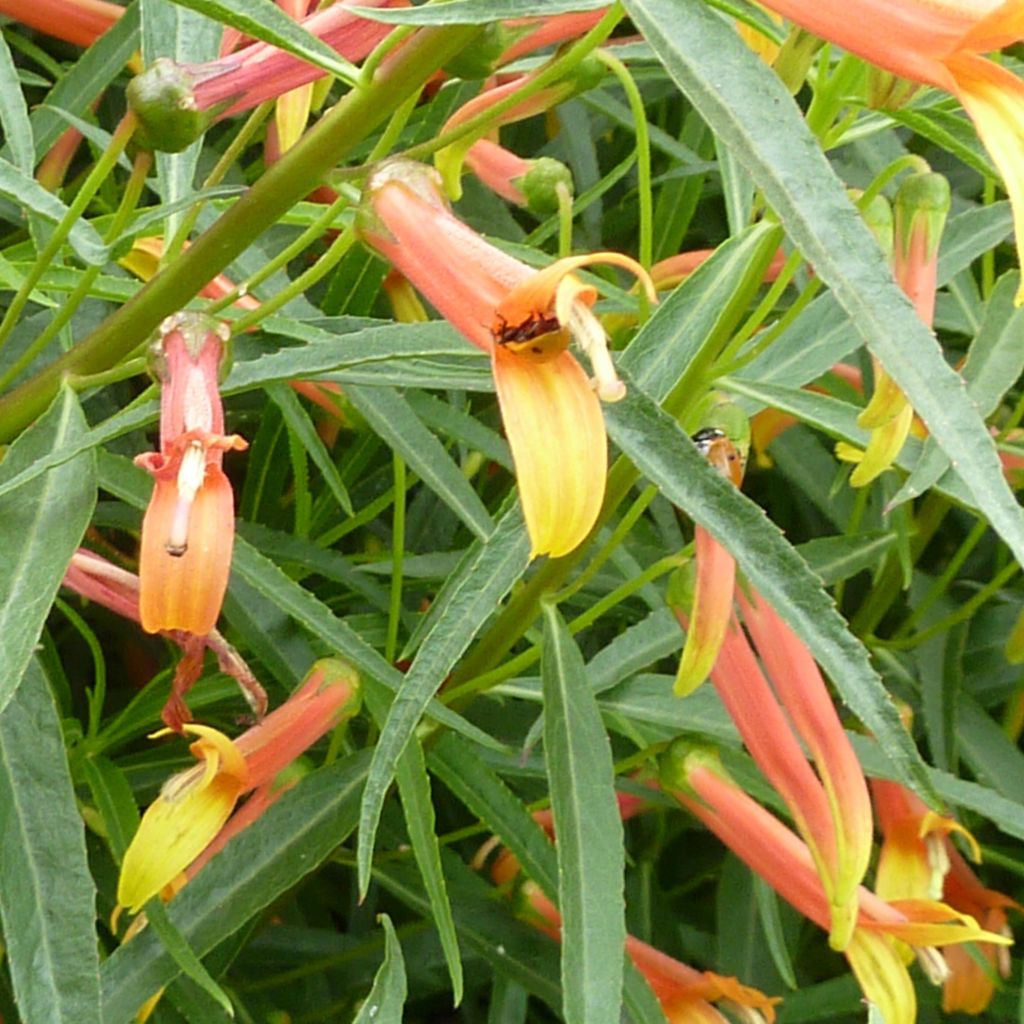

Lobelia laxiflora
Lobelia laxiflora
Lobelia laxiflora
Mexican Lobelia, Sierra Madre Lobelia
I still have no sign of recovery regarding lobelia. I haven't had the chance to have it like in the picture. There were just 3 tiny leaf s, so I left it in my conservatory and for the moment, there is nothing left, no more leaf.
Béatrice, 17/04/2023
Special offer!
Receive a €20 voucher for any order over €90 (excluding delivery costs, credit notes, and plastic-free options)!
1- Add your favorite plants to your cart.
2- Once you have reached €90, confirm your order (you can even choose the delivery date!).
3- As soon as your order is shipped, you will receive an email containing your voucher code, valid for 3 months (90 days).
Your voucher is unique and can only be used once, for any order with a minimum value of €20, excluding delivery costs.
Can be combined with other current offers, non-divisible and non-refundable.
Home or relay delivery (depending on size and destination)
Schedule delivery date,
and select date in basket
This plant carries a 12 months recovery warranty
More information
We guarantee the quality of our plants for a full growing cycle, and will replace at our expense any plant that fails to recover under normal climatic and planting conditions.
Would this plant suit my garden?
Set up your Plantfit profile →
Description
The Lobelia laxiflora, also known as Loose-flowered Lobelia, is a large perennial plant with an exuberant temperament and exotic charm, which actually hides a great ease of cultivation in ordinary but well-drained, moist to dry soil. It forms a wide bushy clump with a woody base, and bears elongated, tubular flowers from spring to autumn, revealing a yellow throat. Its thin and elongated leaves provide a beautiful backdrop for its endless flowering, particularly in mild climates. It is also a wonderful conservatory plant, to be grown in a large pot that can be stored away from heavy frosts in cool climates.
Lobelia laxiflora is a botanical species belonging to the campanulaceae family. It is native to Chile, Mexico, and Guatemala, even reaching as far north as southern Arizona. Its natural habitat is the Sierra Madre, a mountain range that connects all these countries. It is a perennial with a woody base, or an undershrub with a very branched, spreading, semi-upright habit, reaching 80 cm (32in) in height and 90 cm (35in) to 1 m (3ft) 10 in width. Its growth rate is moderate. Its foliage, evergreen, medium green, particularly long, narrow, and tapered, is carried by reddish stems. The plant flowers from spring to autumn; from April depending on the climate and almost all year round in mild climates. The axillary flowers, long and narrow, are tubular and bilabiate; the lower lip is wide and ends in sawtooth-shaped teeth. They are bright and colourful, ranging from red to carmine or fuchsia, with a yellow or amber throat. It requires no particular maintenance, except for pruning if necessary at the end of the season.
Not demanding in terms of soil type and hardy down to -8°C (17.6°F), this generous and charming perennial is perfect for gardens with a mild or Mediterranean climate. In the back of borders, it can be accompanied, for example, by daylilies, Leucantha salvias, guaranitica or involucrata bethelii, shrubby lavateras, or the grey and fragrant foliage of tall wormwoods. Placed in front of a small winged spindle tree (Euonymus alatus compactus), a smokebush (Cotinus), or a plumleaf spirea, its very vibrant flowers will blend with their magnificent autumn colours. In regions with mild winters, it can form beautiful, flower-filled hedges alongside rosemary, Caryopteris, Perowskia, and Teucrium fruticans. Elsewhere, it can be perfectly installed on the terrace, in a large pot, to be stored away from heavy frosts in winter.
Lobelia laxiflora in pictures
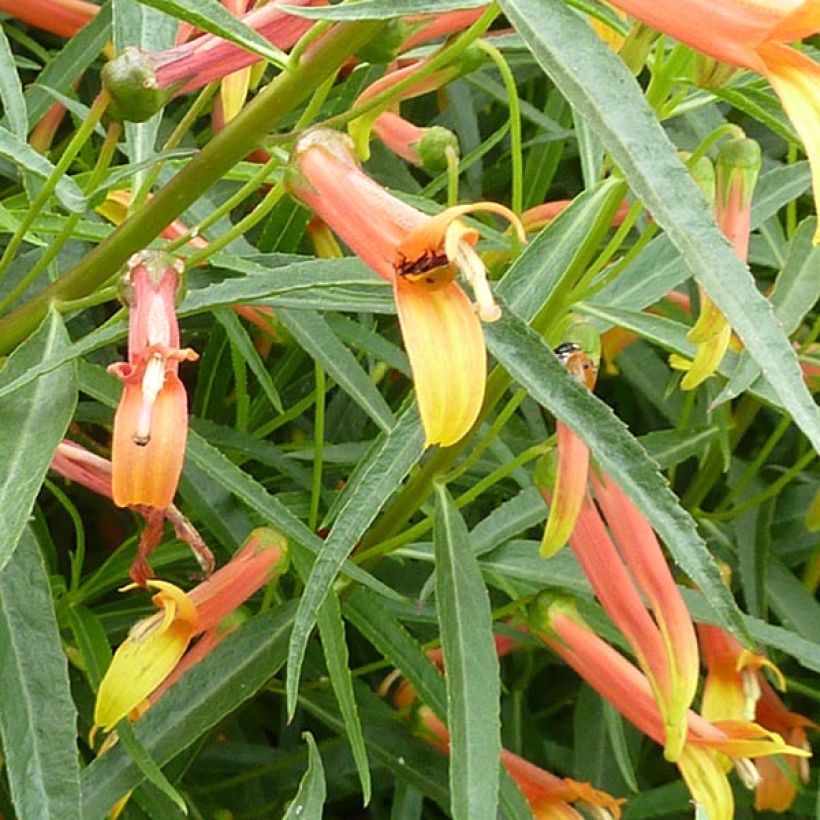

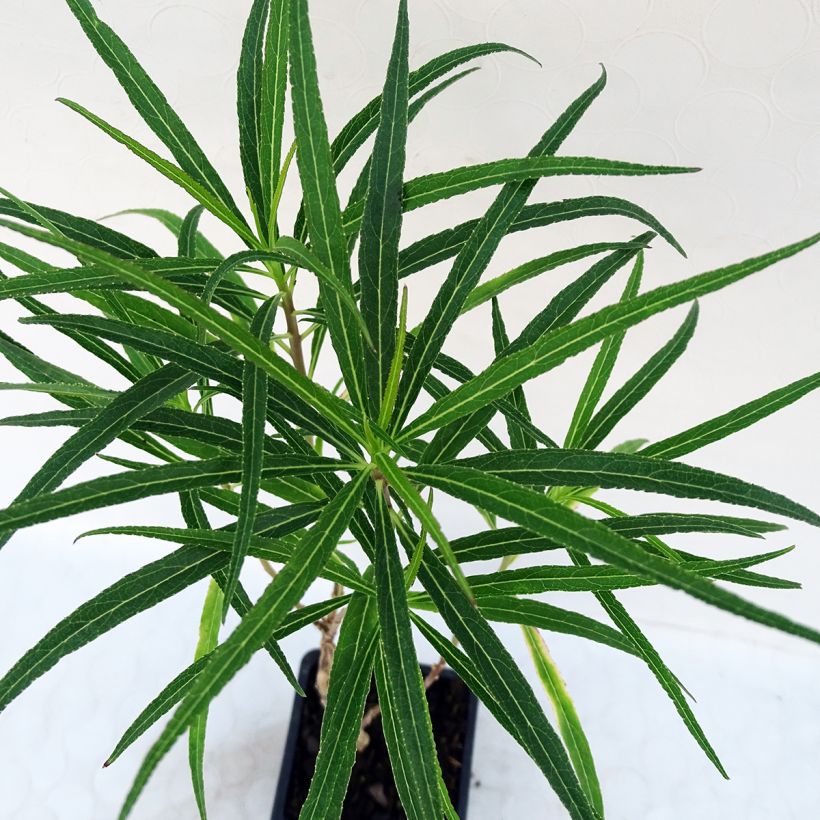

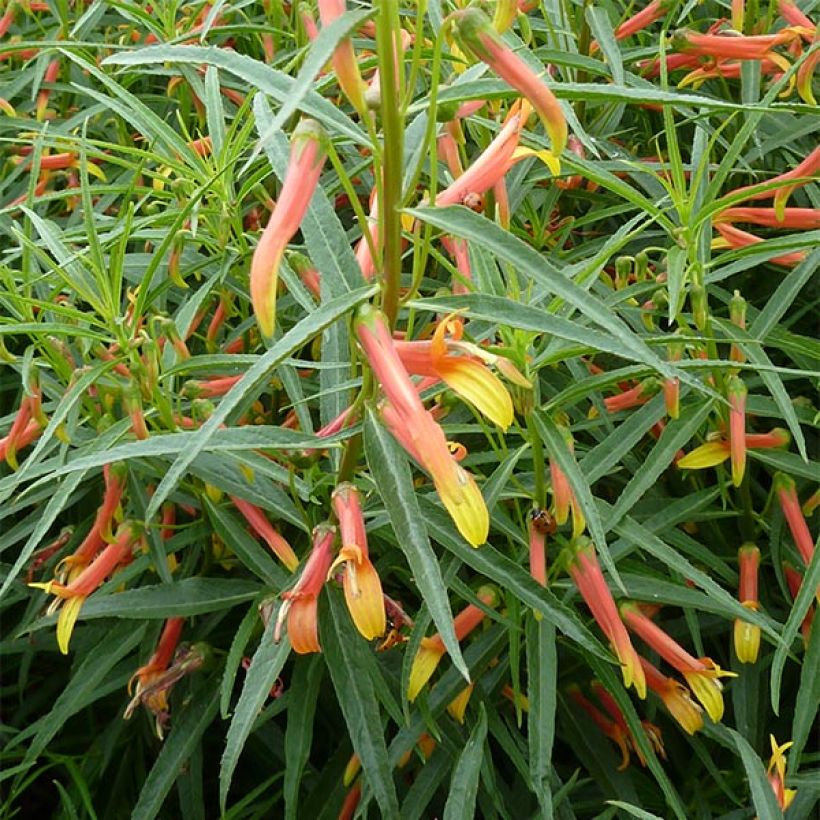

Flowering
Foliage
Plant habit
Botanical data
Lobelia
laxiflora
Campanulaceae
Mexican Lobelia, Sierra Madre Lobelia
South America
Other Lobelia
View all →Planting and care
Plant Lobelia laxiflora after spring frosts in a cold climate, in September-October in a warm climate. Plant in ordinary soil, lightened with sand and compost, not too poor, moist to occasionally dry. This plant thrives in well-sunny situations, tolerating partial shade where it tends to lean to seek light. It requires occasional watering in case of intense drought to flower abundantly. In poor soil, incorporate a bit of well-decomposed compost or leaf compost. Mulch it in winter, in colder regions, isolate it from cold and rain as much as possible. Place it in the most sheltered corner of the garden, in a sandy slope, or any substrate that does not retain moisture, which would be fatal to it in winter. It tolerates pot cultivation wonderfully, allowing continental gardeners to store it.
Pot cultivation:
Lobelia laxiflora will be placed in full sun from May, and stored in a cool, bright, frost-free room in autumn. The plant may be susceptible to attacks from scale insects indoors or in a greenhouse. Reduce watering during the winter period. Severely prune the vegetation in spring to encourage the plant to branch out.
Planting period
Intended location
Care
Planting & care advice
-
, onOrder confirmed
Reply from on Promesse de fleurs
Similar products
Haven't found what you were looking for?
Hardiness is the lowest winter temperature a plant can endure without suffering serious damage or even dying. However, hardiness is affected by location (a sheltered area, such as a patio), protection (winter cover) and soil type (hardiness is improved by well-drained soil).

Photo Sharing Terms & Conditions
In order to encourage gardeners to interact and share their experiences, Promesse de fleurs offers various media enabling content to be uploaded onto its Site - in particular via the ‘Photo sharing’ module.
The User agrees to refrain from:
- Posting any content that is illegal, prejudicial, insulting, racist, inciteful to hatred, revisionist, contrary to public decency, that infringes on privacy or on the privacy rights of third parties, in particular the publicity rights of persons and goods, intellectual property rights, or the right to privacy.
- Submitting content on behalf of a third party;
- Impersonate the identity of a third party and/or publish any personal information about a third party;
In general, the User undertakes to refrain from any unethical behaviour.
All Content (in particular text, comments, files, images, photos, videos, creative works, etc.), which may be subject to property or intellectual property rights, image or other private rights, shall remain the property of the User, subject to the limited rights granted by the terms of the licence granted by Promesse de fleurs as stated below. Users are at liberty to publish or not to publish such Content on the Site, notably via the ‘Photo Sharing’ facility, and accept that this Content shall be made public and freely accessible, notably on the Internet.
Users further acknowledge, undertake to have ,and guarantee that they hold all necessary rights and permissions to publish such material on the Site, in particular with regard to the legislation in force pertaining to any privacy, property, intellectual property, image, or contractual rights, or rights of any other nature. By publishing such Content on the Site, Users acknowledge accepting full liability as publishers of the Content within the meaning of the law, and grant Promesse de fleurs, free of charge, an inclusive, worldwide licence for the said Content for the entire duration of its publication, including all reproduction, representation, up/downloading, displaying, performing, transmission, and storage rights.
Users also grant permission for their name to be linked to the Content and accept that this link may not always be made available.
By engaging in posting material, Users consent to their Content becoming automatically accessible on the Internet, in particular on other sites and/or blogs and/or web pages of the Promesse de fleurs site, including in particular social pages and the Promesse de fleurs catalogue.
Users may secure the removal of entrusted content free of charge by issuing a simple request via our contact form.
The flowering period indicated on our website applies to countries and regions located in USDA zone 8 (France, the United Kingdom, Ireland, the Netherlands, etc.)
It will vary according to where you live:
- In zones 9 to 10 (Italy, Spain, Greece, etc.), flowering will occur about 2 to 4 weeks earlier.
- In zones 6 to 7 (Germany, Poland, Slovenia, and lower mountainous regions), flowering will be delayed by 2 to 3 weeks.
- In zone 5 (Central Europe, Scandinavia), blooming will be delayed by 3 to 5 weeks.
In temperate climates, pruning of spring-flowering shrubs (forsythia, spireas, etc.) should be done just after flowering.
Pruning of summer-flowering shrubs (Indian Lilac, Perovskia, etc.) can be done in winter or spring.
In cold regions as well as with frost-sensitive plants, avoid pruning too early when severe frosts may still occur.
The planting period indicated on our website applies to countries and regions located in USDA zone 8 (France, United Kingdom, Ireland, Netherlands).
It will vary according to where you live:
- In Mediterranean zones (Marseille, Madrid, Milan, etc.), autumn and winter are the best planting periods.
- In continental zones (Strasbourg, Munich, Vienna, etc.), delay planting by 2 to 3 weeks in spring and bring it forward by 2 to 4 weeks in autumn.
- In mountainous regions (the Alps, Pyrenees, Carpathians, etc.), it is best to plant in late spring (May-June) or late summer (August-September).
The harvesting period indicated on our website applies to countries and regions in USDA zone 8 (France, England, Ireland, the Netherlands).
In colder areas (Scandinavia, Poland, Austria...) fruit and vegetable harvests are likely to be delayed by 3-4 weeks.
In warmer areas (Italy, Spain, Greece, etc.), harvesting will probably take place earlier, depending on weather conditions.
The sowing periods indicated on our website apply to countries and regions within USDA Zone 8 (France, UK, Ireland, Netherlands).
In colder areas (Scandinavia, Poland, Austria...), delay any outdoor sowing by 3-4 weeks, or sow under glass.
In warmer climes (Italy, Spain, Greece, etc.), bring outdoor sowing forward by a few weeks.






























